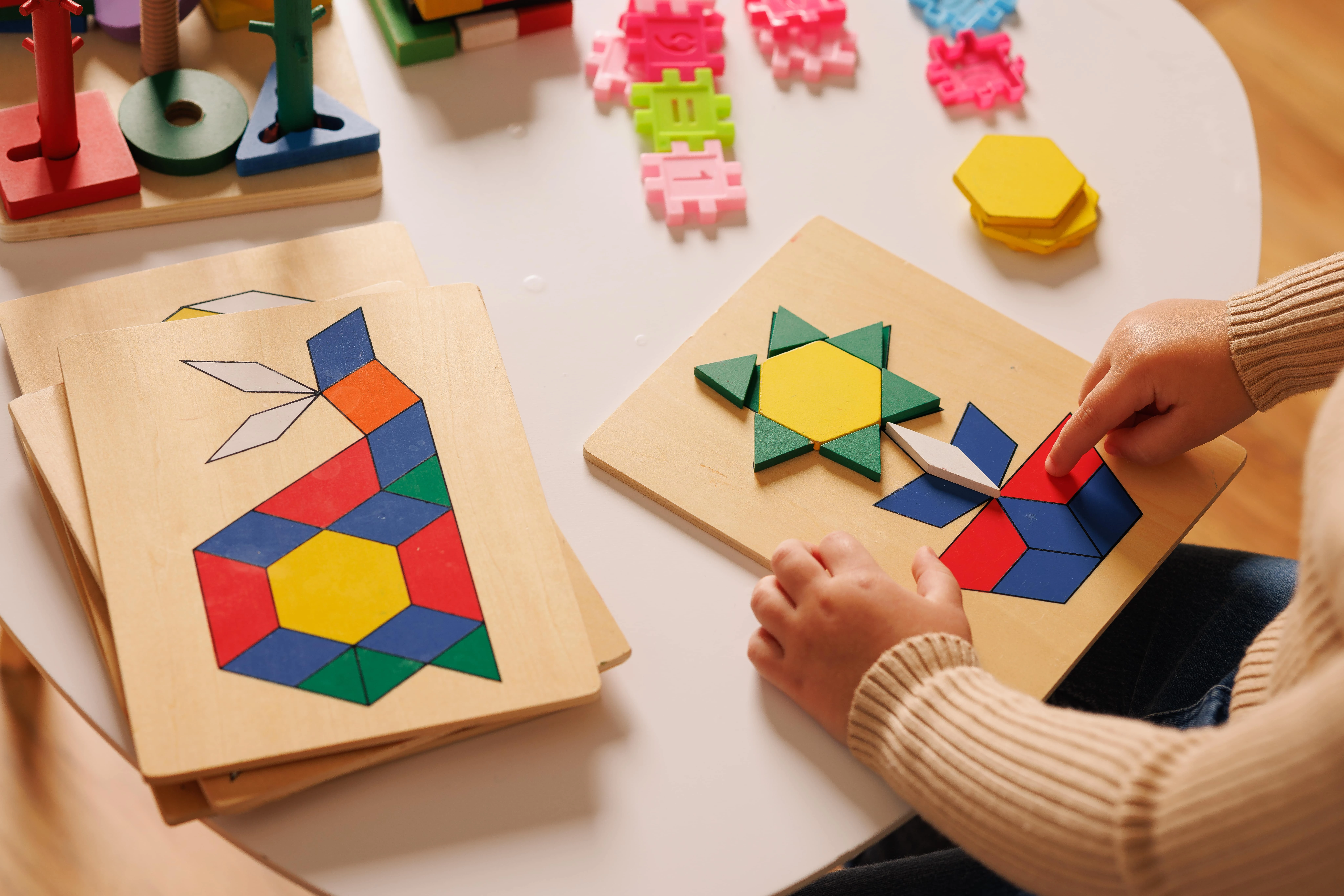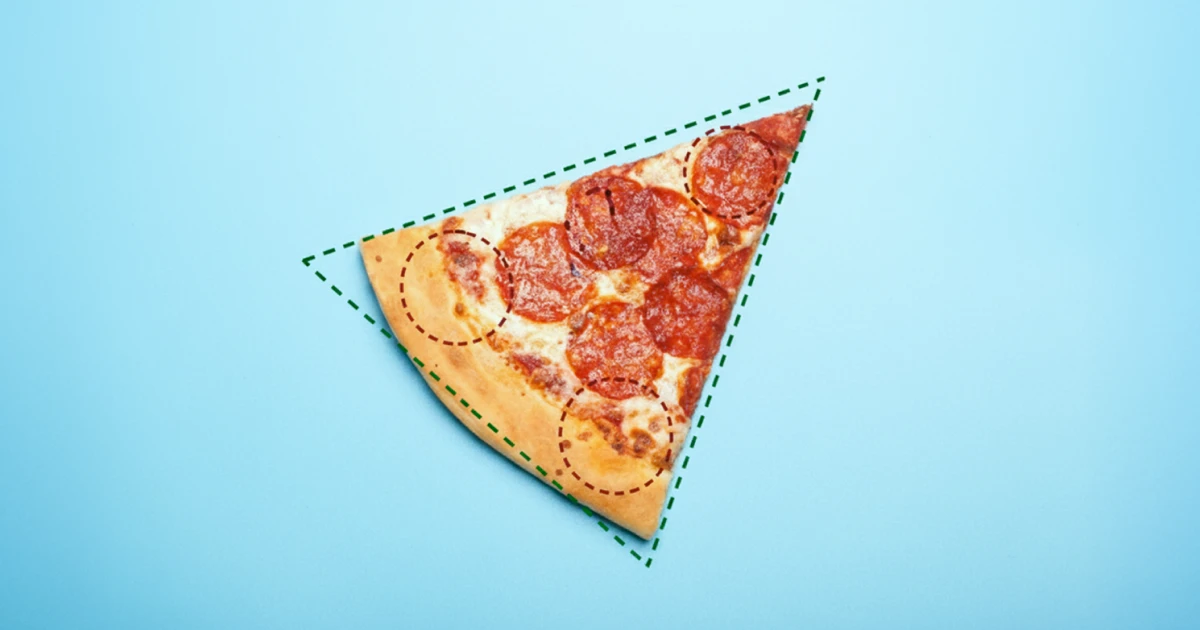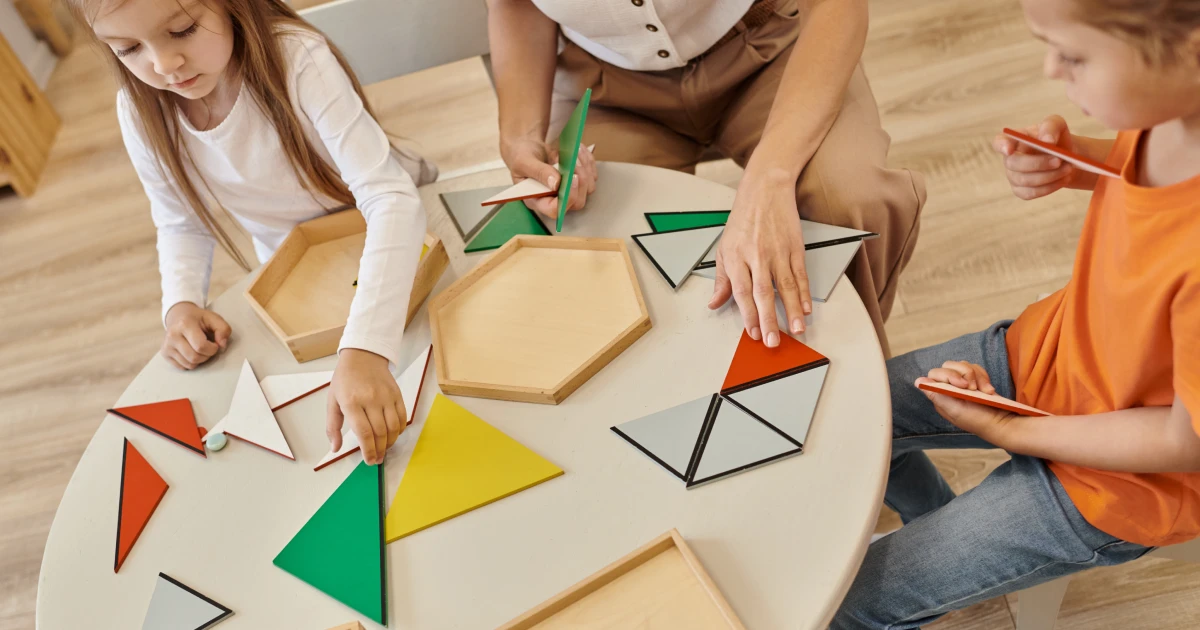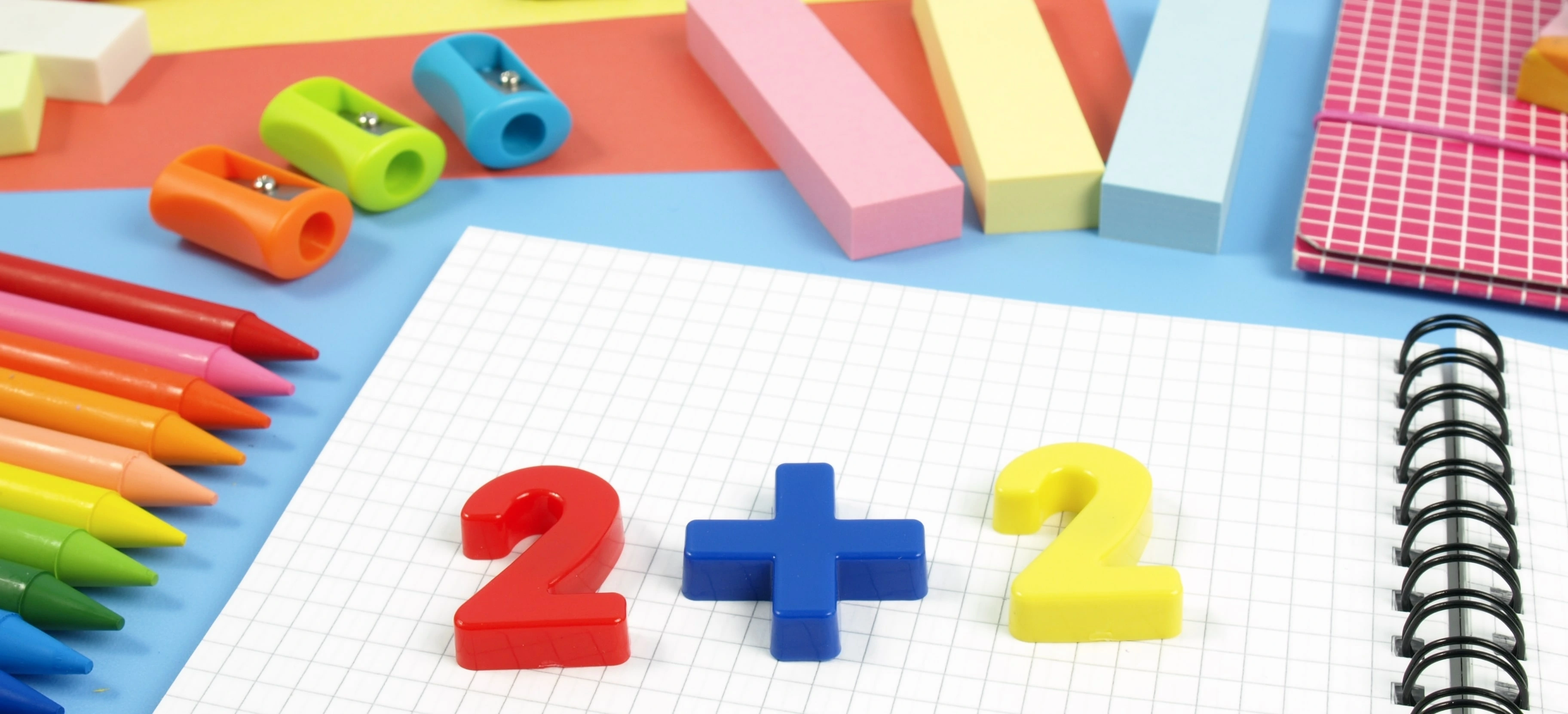Geometry for Kids: A Simple Guide To Get Parents and Teachers Started

Circles, squares, triangles-geometry is everywhere. A slice of pizza forms a triangle, a soccer ball shows a pattern of hexagons, and a stop sign is an octagon.
These shapes aren’t just fun to spot;they’re the first step in showing kids the answer to “What is geometry?” and explaining how it’s used in everyday life. When children notice how shapes fit together, they begin building spatial reasoning and problem-solving skills early on.
In the following sections, you’ll find simple ways to explore geometry for kids, whether you’re helping with homework, planning a lesson, or guiding a homeschool activity.

Why Teach Geometry Early
Introducing geometry in the early grades does more than teach kids the name of shapes. It gives them fresh ways to notice and make sense of the world around them.
Think about a child comparing a square with a rectangle or spotting the mirrored wings of a butterfly. Here, they’re building visual awareness while sharpening their thinking and reasoning.
Early geometry connects math to real-life experiences, making learning natural and fun.
Key Geometry Concepts for Kids
Before diving into activities, it helps to know which concepts are most important in the early grades.
These are the cornerstones of geometry for kids. Once children grasp them, the rest comes more easily.
- Basic Shapes: Start with familiar 2D shapes such as triangles, rectangles, circles, and squares. Then, introduce 3D shapes like cubes, cones, spheres, and cylinders.
- Properties of Shapes: Encourage kids to notice sides and angles. For example, you can point out that a rectangle and a square both have four sides, but the equal sides of a square make it unique.
- Symmetry and Patterns: A shape is symmetrical when one side mirrors the other. Repeating shapes form patterns kids can design with blocks, beads, or drawings.
- Spatial Language: Everyday words like “above,” “inside,” “next to,” and “around” help kids describe shapes and their positions. Using this language daily can help them connect math with their world.
Fun Ways To Teach Geometry
Learning shapes and patterns can feel less like a lesson and more like play with the right approach. Here are some simple ways to make it engaging:
Use Real-Life Objects
Look around the room and you’ll spot geometry everywhere. Even everyday items like cereal boxes, signs, and toys are ready-made examples. Pointing these out helps children connect math to what they see and use daily.
Hands-On Activities
Try a shape hunt around the classroom or house to let kids collect examples of shapes they have just learned. Paper folding, like origami, brings symmetry to life in a playful way. For artistic learners, rulers and stencils open the door to drawing and designing shapes on their own.
Play-Based Learning
Games turn abstract concepts into fun challenges. Prodigy Math is a curriculum-aligned, game-based learning platform where kids practice math by exploring a fantasy world. The game includes a wide range of geometry skills, from identifying shapes to working with area and adapts to each child’s level to keep them motivated. For screen-free play, you can also try offline options like board games or shape cards.

Printable Worksheets and Visual Aids
Flashcards, coloring pages, and puzzles give kids structure while they practice. Explore these geometry activities that add variety to your teaching routine for more ideas.
Tips for Parents and Teachers
What is geometry for kids, if not a way to see shapes and patterns in the world around them? Supporting this discovery works best when you keep things simple and consistent.
Make learning stick by focusing on strategies that build confidence and curiosity:
- Use Simple, Clear Language: Keep explanations short and avoid using technical terms too early. Try starting with “This shape has four sides, like a door or a book.”
- Reinforce Vocabulary in Daily Routines: Bring geometry words into mealtime, playtime, or classroom transitions. For example, you can ask kids to pass the “cylinder cup” or find the “circle plate.”
- Encourage Curiosity Through Questions: Simple prompts such as “What shape do you see here?” inspire kids to observe and explain what they notice.
- Take Time To Explore: Memorization can wait. Let children handle objects and test ideas. Kinesthetic learners especially benefit from hands-on practice.
Geometry doesn’t have to feel intimidating. From the street outside your home to the classroom, shapes surround us and invite kids to learn. With the right mix of guided learning and geometry math games, you can nurture a strong foundation in math.
How Prodigy Makes Geometry Fun
By now, you know how powerful real-life examples and hands-on activities can be when introducing geometry. Geometry math games can add another layer to that learning and give kids a playful space to practice and explore.
Prodigy Math does exactly that. Inside the game, daily and seasonal quests turn practice into play through interactive adventures that bring shapes and spatial concepts to life. It adapts to each student’s level, so kids learn at their own pace and stay motivated. Parents and teachers can track progress, too.
Try Prodigy Math for free and explore adaptive math practice, including geometry skills, that spark curiosity and make practice exciting. Even better, pass this guide along to other parents and teachers so more children can discover the joy of learning through shapes.










